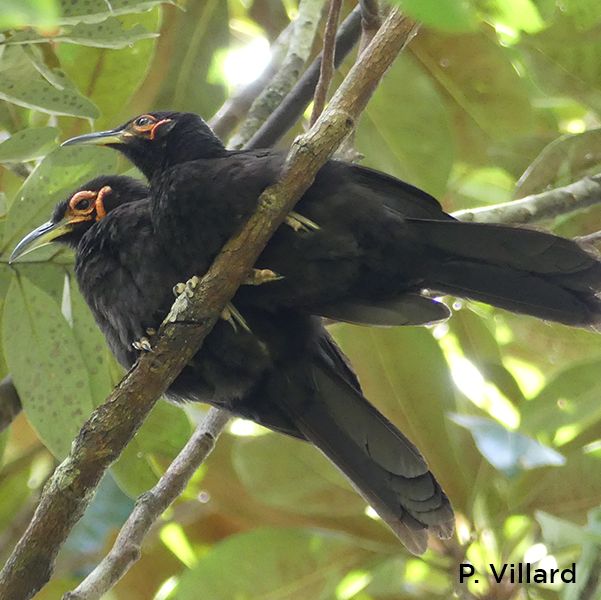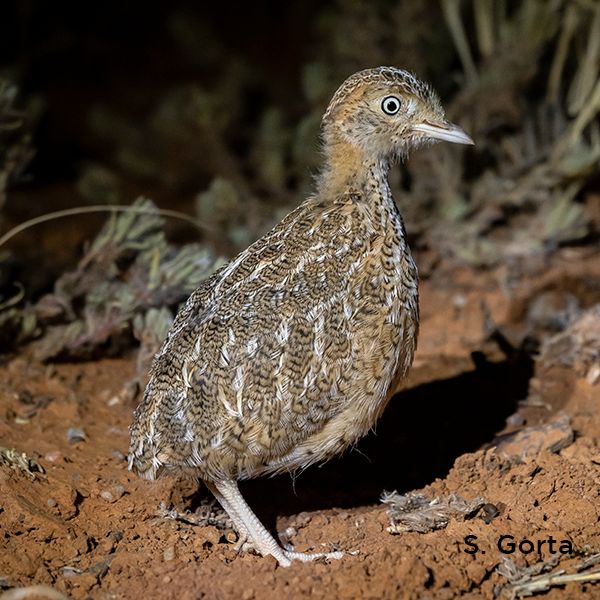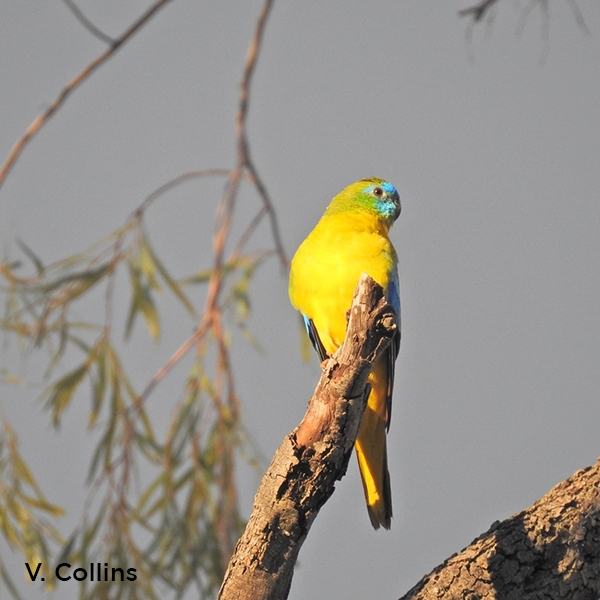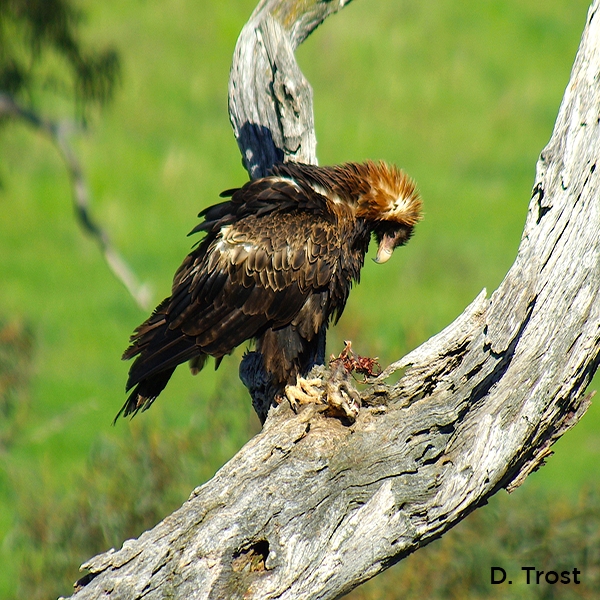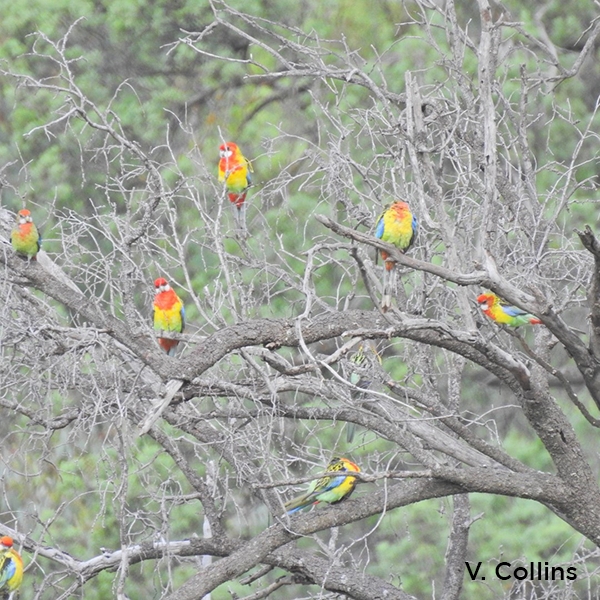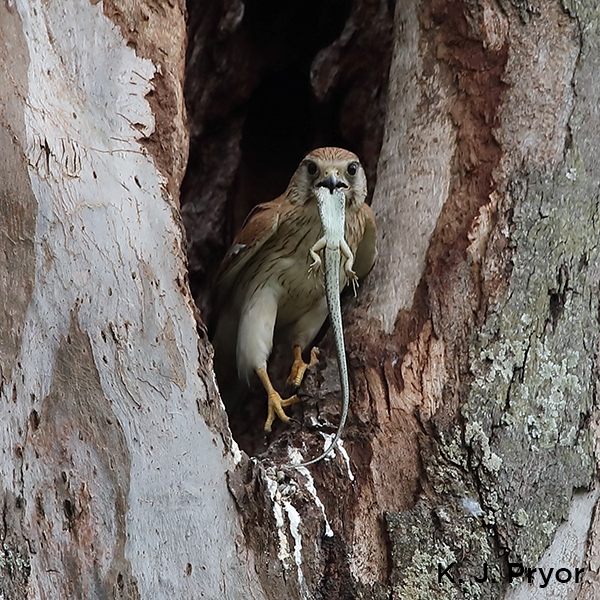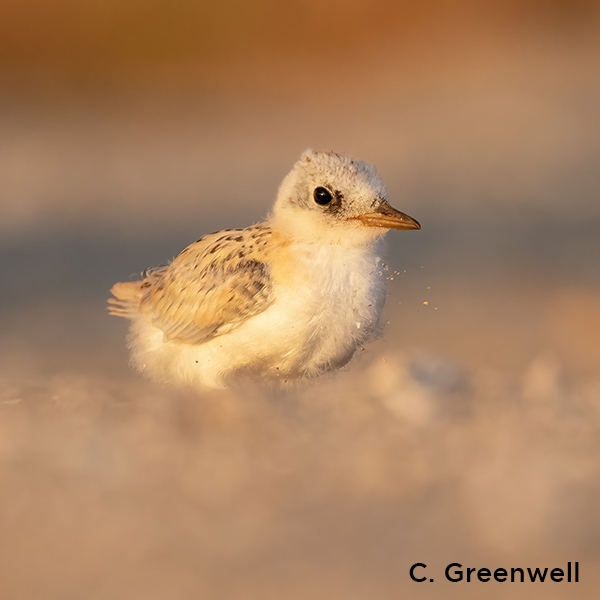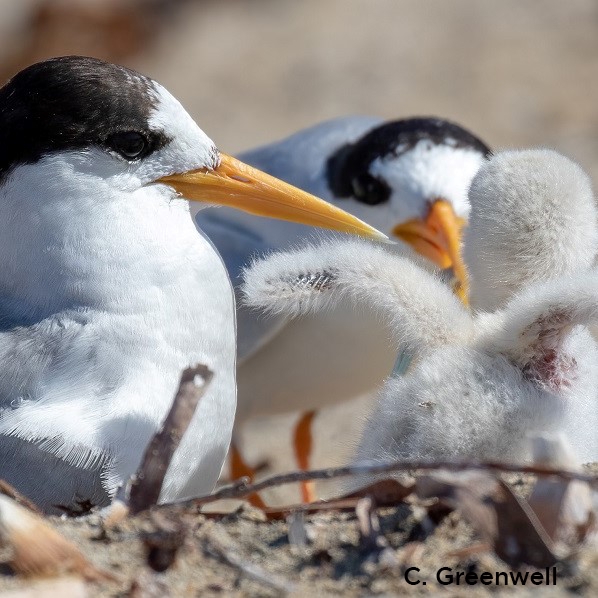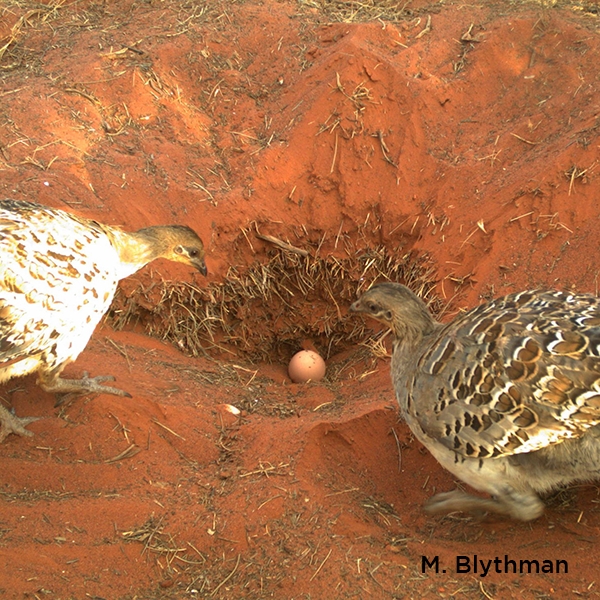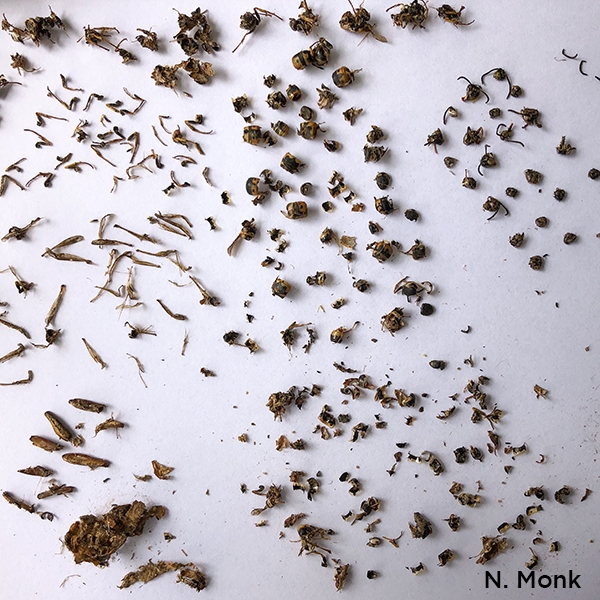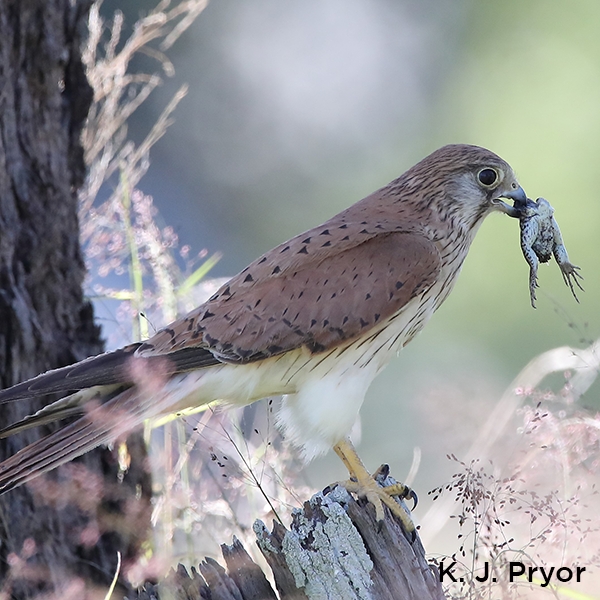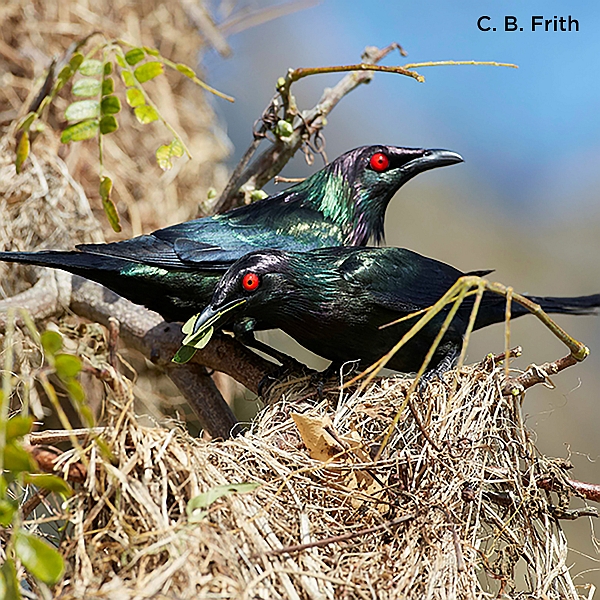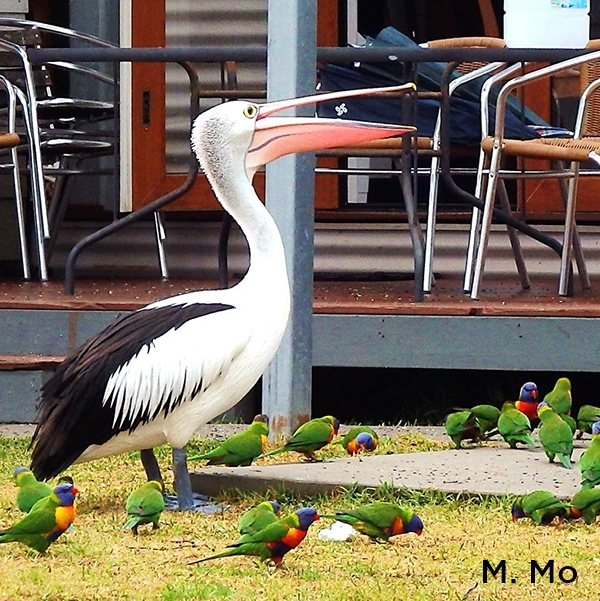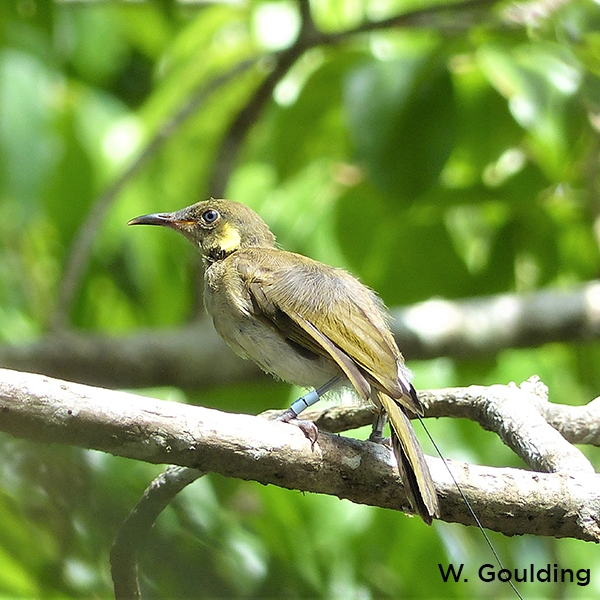Presence and breeding of the Spiny-cheeked Honeyeater in central New South Wales
John Rawsthorne
pp. 97-101
Abstract
The seasonal presence and breeding of the Spiny-cheeked Honeyeater Acanthagenys rufogularis, a nomadic frugivorous bird distributed across inland Australia, are documented and contrasted for three nearby but floristically distinct sites in central New South Wales during the period January 1986–January 2015. Eucalypt blossom at two of the sites (Charcoal Tank and Holy Camp) provided an autumn resource to which the Spiny-cheeked Honeyeater responded with influxes, but these sites supported limited breeding of this species, and only in higher-rainfall periods. In contrast, the high density of Grey Mistletoe Amyema quandang parasitising Weeping Myall Acacia pendula at the third study site (Battery Hill) provided a stable resource supporting breeding resident Spiny-cheeked Honeyeaters in a lower-rainfall year.
References
Barea, L.P & Watson, D.M. (2007). Temporal variation in food resources determined onset of breeding in an Australian mistletoe specialist. Emu 107, 203–209.
Burbidge, A.A. & Fuller, P.J. (2007). Gibson Desert birds: Responses to drought and plenty. Emu 107, 126–134.
Clarke, M.F. (1997). A review of studies of the breeding biology of Australian birds from 1986-95: Biases and consequences. Emu 97, 283–289.
Cody, M.L. (1994). Mulga bird communities. I. Species composition and predictability across Australia. Australian Journal of Ecology 19, 206–219.
Ehleringer, J.R. & Marshall, J.D. (1995). Water relations. In: Press, M.C. & Graves, J.D. (Eds). Parasitic Plants, pp. 125–140. Chapman & Hall, London.
Ford, H.A. (1998). Faithfulness to breeding site and birthplace in Noisy Friarbirds Philemon corniculatus. Emu 98, 269–275.
Griffioen, P.A. & Clarke, M.F. (2002). Large-scale bird-movement patterns evident in eastern Australian atlas data. Emu 102, 99–125.
Higgins, P.J., Peter, J.M. & Steele, W.K. (Eds) (2001). Handbook of Australian, New Zealand & Antarctic Birds. Volume 5: Tyrant-flycatchers to Chats. Oxford University Press, Melbourne.
Keast, A. (1968). Seasonal movements in Australian honeyeaters (Meliphagidae) and their ecological significance. Emu 67, 159–209.
Keast, A. & Marshall, A.J. (1954). The influence of drought and rainfall on reproduction in Australian desert birds. Proceedings of the Zoological Society of London 124, 493–499.
Lowe, K.W. (1989). The Australian Bird Bander’s Manual. Australian Bird & Bat Banding Schemes, Australian National Parks & Wildlife Service, Canberra.
Napier, K.R., Mather, S.H., McWhorter, T.J. & Fleming, P.A. (2014). Do bird species richness and community structure vary with mistletoe flowering and fruiting in Western Australia? Emu 114, 13–22.
NSW NPWS (2011). The Charcoal Tank Nature Reserve Draft Plan of Management. New South Wales National Parks & Wildlife Service, Sydney.
Pavey, C.R. & Nano, C.E.M. (2009). Bird assemblages of arid Australia: Vegetation patterns have a greater effect than disturbance and resource pulses. Journal of Arid Environments 73, 634–642.
Rawsthorne, J. (2007). Constraints on the Dispersal of Parasitic Plants: The Role of Frugivorous Birds. BEnvSci (Hons) thesis. Charles Sturt University, Thurgoona, NSW.
Rawsthorne, J. (2014). Social group persistence over time in Brown-headed Honeyeaters, as revealed by trapping records. Corella 38, 71–74.
Rawsthorne, J., Watson, D.M. & Roshier, D.A. (2011). Implications of movement patterns of a dietary generalist for mistletoe seed dispersal. Austral Ecology 36, 650–655.
Rawsthorne, J., Watson, D.M. & Roshier, D.A. (2012). The restricted seed rain of a mistletoe specialist. Journal of Avian Biology 43, 9–14.
Recher, H.F. & Davis Jr, W.E. (1997). Foraging ecology of a mulga bird community. Wildlife Research 24, 27–43.
Recher, H.F. & Davis Jr, W.E. (2014). Response of birds to episodic summer rainfall in the Great Western Woodlands, Western Australia. Australian Zoologist 37, 206–218.
Reid, N. (1984). The Role of Birds in the Reproduction of an Arid Zone Population of Grey Mistletoe (Amyema quandang). PhD thesis. University of Adelaide, Adelaide.
Reid, N. (1990). Mutualistic interdependence between mistletoes (Amyema quandang), and Spiny-cheeked Honeyeaters and Mistletoebirds in an arid woodland. Australian Journal of Ecology 15, 175–190.
Robin, L., Heinsohn, R. & Joseph, L. (Eds) (2009). Boom and Bust: Bird Stories for a Dry Country. CSIRO Publishing, Melbourne.
Shine, R. & Brown, G.P. (2008). Adapting to the unpredictable: Reproductive biology of vertebrates in the Australian wet-dry tropics. Philosophical Transactions of the Royal Society B 363, 363–373.
Stevens, H.C. & Watson, D.M. (2006). Effect of rainfall on breeding of Grey Shrike-thrushes. Corella 30, 16–20.
Stevens, H.C. & Watson, D.M. (2013). Reduced rainfall explains avian declines in an unfragmented landscape: Incremental steps toward an empty forest? Emu 113, 112–121.
Tarrant, H. (2008). Smaller bird species in decline in the south-west Hunter? The lessons of ten years of atlas data. Whistler 2, 20–30.
Tischler, M., Dickman, C.R. & Wardle, G.M. (2013). Avian functional group responses to rainfall across four vegetation types in the Simpson Desert, central Australia. Austral Ecology 38, 809–819.
Walsberg, G.E. (1975). Digestive adaptations of Phainopepla nitens associated with the eating of mistletoe berries. Condor 77, 169–174.
Watson, D.M. (2002). Effects of mistletoe on diversity: A case-study from southern New South Wales. Emu 102, 275–281.
Watson, D.M. & Herring, M. (2012). Mistletoe as a keystone resource: An experimental test. Proceedings of the Royal Society B 279, 3853–3860.
Watson, D.M. & Rawsthorne, J. (2014). Mistletoe specialist frugivores: Latterday ‘Johnny Appleseeds’ or self-serving market gardeners? Oecologia 172, 925–932.
Zar, J.H. (1999). Biostatistical Analysis. Prentice Hall, Upper Saddle River, New Jersey, USA.

